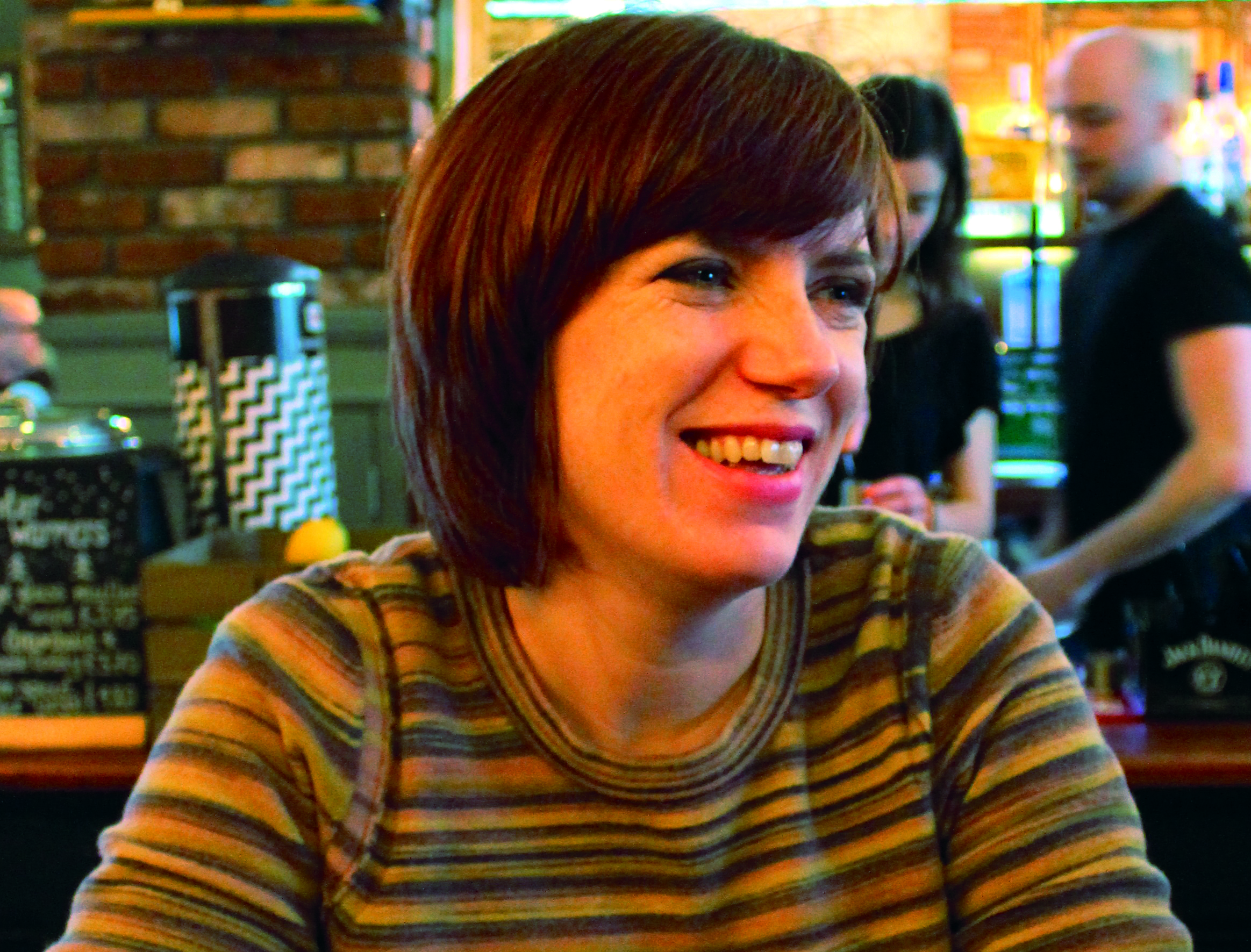The RSPB Scotland has criticised a report that minimises the risk that windfarms pose to seabirds
A national charity has hit out at a major new report that says windfarms are not as dangerous to birds as previously thought.
RSPB Scotland said that the report presents an “optimistic interpretation” of research into the danger of seabirds colliding with wind turbines.
The findings of the multimillion pound Bird Collision Avoidance Study say the risk is half what was previously thought.
It suggests seabirds will actively avoid turbines and in most cases won’t crash into them.
The two-year study combined both human observers and an automatic system to monitor and log seabird movements 24 hours a day at an offshore windfarm in the Channel.
More than 600,000 videos were analysed with the report concluding that only six seabirds hit turbines during 12,131 flights around the windfarm. None of the collisions took place at night.
The Offshore Renewables Joint Industry Programme commissioned the report. It is made up of developers, the Crown Estate, Crown Estate Scotland and Marine Scotland.
RSPB Scotland said the findings cannot be broadly applied to all windfarms.
A spokesman said: “The study has collected a vast amount of new data, which will be invaluable to growing our knowledge of how windfarms affect seabirds for many years.
“However, it is extremely important to note that RSPB does not subscribe to the study’s conclusion that the collision risk of seabirds is less than half of what would be expected. The results are interesting, but we believe this is a very optimistic interpretation of the data.”
The findings have been welcomed by the Scottish Government.
Scottish energy minister Paul Wheelhouse said: “This study provides invaluable date for understanding the potential impact of offshore wind developments on seabirds as part of our efforts to develop this vital energy resource with due regard to the marine environment. The data yielded will therefore be of great help to inform our offshore wind consent and planning process.”






